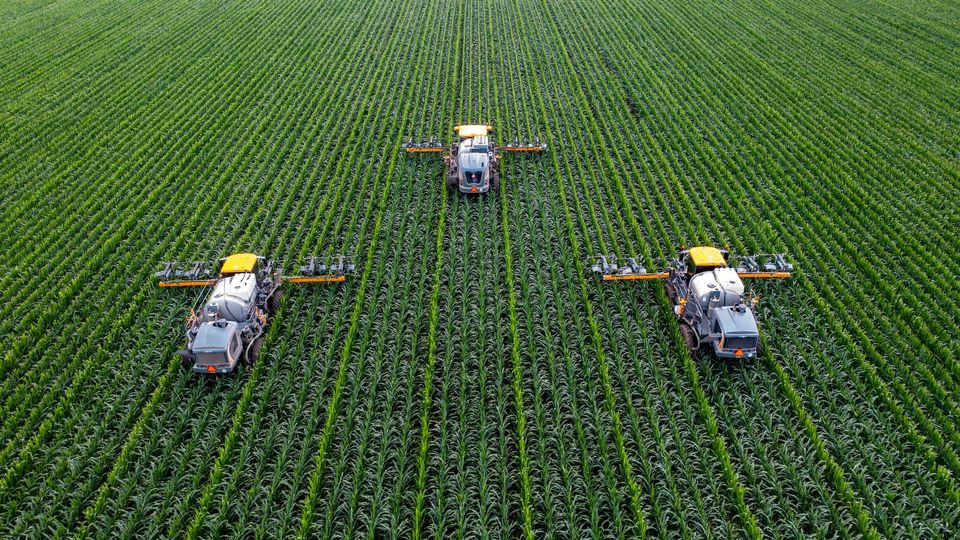FAO warns of $2 trillion in damage from "agrifood" systems impact, including emissions

Land use changes and greenhouse gas emissions across agrifood supply chains are causing hidden costs amounting to US$2 trillion a year – costs that food companies and their Chief Sustainability Officers should take into account in their sustainability strategies, according to a newly published report by the FAO.
In The State of Food and Agriculture 2023, the FAO estimates that the hidden health, environmental and social costs caused by unsustainable food systems amount to US$10 trillion a year – or 10% of global GDP. Startlingly, it suggests that the large majority (73%) stem from labour productivity losses driven by unhealthy diets high in ultra-processed foods, particularly in high-income countries.
The second-largest contributor to these hidden costs at around 20% is environmental damage, including greenhouse gas and nitrogen emissions from food and fertiliser production and energy use, water scarcity and ecosystem degradation. This means that the negative environmental impacts of food production are costing national economies US$2 trillion a year.
With the report, the FAO is urging agribusiness firms, as well as policymakers, to start using ‘true cost accounting’ to uncover the hidden impacts of food systems on the environment, health, and livelihoods. This approach would help agrifood system actors be better informed and prepared before making decisions, it says.
The report may help sustainability leaders in these companies make a stronger business case for regenerative agriculture. Despite widespread pledges by food giants including PepsiCo, Nestlé and Mars, there are still practical obstacles to the adoption of truly regenerative farming practices – including short-term profit losses. The report cites regenerative agriculture as one of the strategies that can contribute to ecosystem restoration and create “positive externalities”.
True cost accounting and food prices
In advocating for a true cost accounting approach to decision making in the sector, FAO also tries to answer the question of whether the costs associated with reducing negative externalities are likely to be passed on to end consumers.
“The basic premise is that it will depend on the hidden cost being addressed and the instruments being used,” it says.For example, addressing the cost of poverty and undernourishment deriving from distributional failure could improve productivity in the food and agriculture sector and ultimately benefit consumers. On the other hand, environmental taxes ”not complemented by advice on how to limit costs where a hidden cost occurs” are likely to result in higher food prices.
“There is always a concern that if we consider all the hidden costs of producing food, prices will go up, but integrating these costs in the decision-making process, as well as in the incentives faced by producers and consumers, is part of a much larger process of agrifood systems transformation,” notes Director General Qu Dongyu.
His comments reflect the opinion of Orson Acosta Romero, Founder of Azolla Projects, who told CSO Futures last month that the idea that regenerative agriculture could not produce the same amount of food to support a growing population was “a myth”.







Member discussion